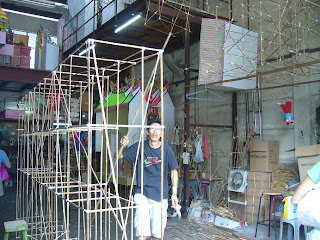Hanukkah begins at sunset on Tuesday, 20 December 2011, and ends at sunset on Wednesday, 28 December 2011.
Hanukkah or Chanukah is a Jewish holiday towards the end of our year and is celebrated for eight days and nights. The word ‘hanukkah’ means ‘dedication’.
The Syrian-Greek soldier in the year 168 B.C.E took over the Jewish Temple for their god Zeus. Antiochus also persecuted the Jews and ordered them to worship Greek gods, bow down to idols and to eat pork. The Jews eventually rebelled under the leadership of the High Priest, Mattathias and his family. These rebels became known as the Maccabees/Hasmoneans. Eventually they managed to reclaim the Temple and planned to purify the Temple. They needed a certain oil for lighting the menorah and found only a day’s amount to use. They used this oil to light the menorah and miraculously the menorah burnt for eight days.
This miracle and the re-dedication of the Temple is remembered every year in the month of Kislev, starting on the 25th. The celebration is over 8 days. Every night another candle is lit until 8 candles burn on the last night. This festival is also called the Festival of Lights.
Because many Jews live in Christian societies, they have started giving gifts to their children during this festival which usually falls near Christmas. Originally, gifts was not part of the celebration.
This festival is actually also relevant for Christians. It is mentioned in the New Testament in the book of John:
John 10:22-23 “Then came the Feast of Dedication at Jerusalem. It was winter and Yeshua was in the Temple area walking in Solomon’s colonnade.”
John 8:12, Yeshua proclaims “I am the light of the world...he who follows me shall not walk in darkness, but have the light of life.”





































